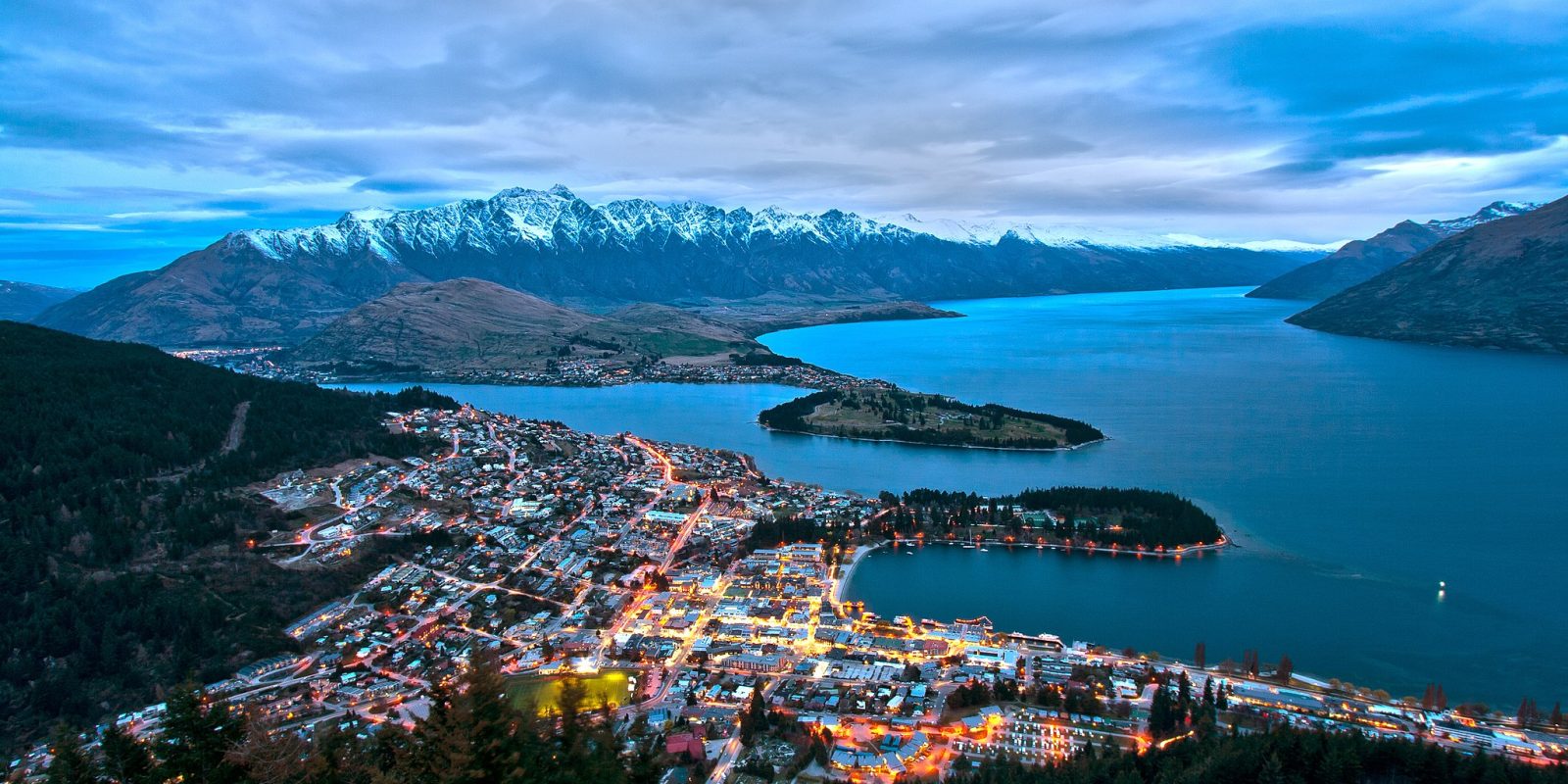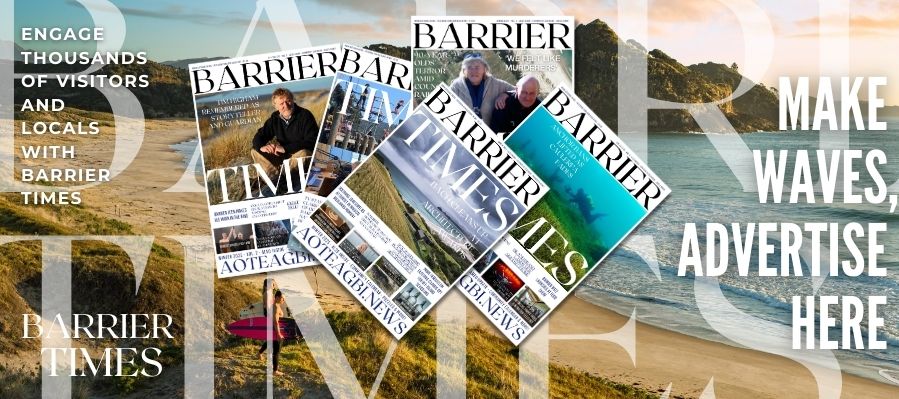Stunning view of Queenstown from Bob’s Peak, showcasing the breathtaking beauty of another of New Zealand’s premier tourist destinations. Photo / Lawrence Murray / CC
By Tracy Harkison, Auckland University of Technology
What should visiting Aotearoa New Zealand cost your average tourist? The government has suggested raising the price of admission – otherwise known as the international visitor conservation and tourism levy (IVL) – from NZ$35 to $100.
The aim is to relieve New Zealand taxpayers and ratepayers of some of the tourism costs they currently bear. But it also raises important questions about our overall tourism strategy, and about who we are encouraging to visit.
The previous Labour government introduced the IVL in 2019 to contribute to tourism infrastructure and conservation projects, as well as help create productive, sustainable and inclusive tourism growth.
At the same time, Tourism New Zealand has been actively campaigning to attract tourists who will visit more regions, travel in different seasons – and spend more.
So, do we want to focus on attracting high-spending tourists? Or do we want to attract large numbers of all tourist types and charge them more? The answers will have wide implications for whether New Zealand becomes a niche, premium destination, or another stop on the mass travel map.
Value versus values
Tourism is a vital part of New Zealand’s economy, earning about $17.5 billion a year (around $48 million a day) before COVID. The pandemic put the industry on life support, of course, but it did provide a unique opportunity to rethink and reshape tourism policy.
One strategy that emerged was to attract “high-value” tourists rather than revert to the pre-pandemic model of mass tourism. Some popular destinations had been overwhelmed at times. This put a strain on both environmental sustainability and the quality of visitor experiences.
This proposed shift was not unique to New Zealand. During the pandemic, many countries explored the potential of more sustainable and higher-value tourism once borders reopened.
But New Zealand’s distinctive overseas marketing approach has long played up being a welcoming country for all. This tension between being inclusive as well as more exclusive also challenges the Māori concept of manaakitanga – hospitality and generosity – that has been key to tourism’s messaging.
The strategy and insights team at the Department of Conservation suggested a way through the paradox: shift the narrative from high-value tourism to values-based tourism that “gives more than it takes”.
Meanwhile, Tourism New Zealand was collecting data to understand more about how to attract and satisfy high-net-worth individuals, already targeted through its premium partnerships programme.
At that time, the then tourism minister, Stuart Nash, was talking up a new vision “to target high-quality tourists”. He later clarified this, saying “quality” referred to people staying at least ten days and spending more money. He also wanted New Zealand to be one of the world’s top three “aspirational destinations”
Calls to reset tourism strategy
A Tourism New Zealand survey released just before last year’s election suggested Nash’s message may have resonated with some – 15% were in favour of attracting a “higher quality” of tourist, and 30% wanted to limit the number of tourists on public land.
With tourism now approaching pre-COVID numbers and international visitor spending up $1.3 billion on the previous year, the question of how many and what kind of tourists we want becomes more urgent.
To that end, the business association Tourism Industry Aotearoa has released Tourism 2050: A Blueprint For Impact. It aims to “reset industry strategy” and calls for a national tourism policy statement from the government.
Among the blueprint’s ten recommended main actions, environmental sustainability and embracing Māori culture and knowledge stand out. This includes embedding the
Tiaki Promise, an industry initiative begun in 2018 to encourage tourists to care for New Zealand’s people, places and culture.
Finding the balance
With international visitor spending up 18% up on pre-COVID levels, Tourism New Zealand has been optimistic its strategy is paying off. But any increase in the international visitor levy will need to be communicated carefully.
While $100 may not seem a lot in the context of an overseas holiday’s overall cost, it is still another price barrier. And openly targeting high-value visitors suggests other visitors are low-value.
If the essence of manaakitanga is that people arrive as strangers but leave as whānau (family), the authenticity of New Zealand’s overall messaging needs to be clear.
It’s true that luxury travel is a growth market. But showcasing a commitment to the environment and Indigenous culture can appeal as much to a backpacker as to a high-net-worth individual.
Engaging local communities in tourism planning will be crucial to ensure the benefits are shared widely, and the whole country can show that manaakitanga. Fostering a more sustainable tourism industry means looking after everyone.
The success of the strategy lies in our ability to balance exclusivity with inclusivity: encourage all types of tourists, don’t raise the visitor levy by too much, and ensure New Zealand stays a welcoming and sustainable haven for all.![]()
Tracy Harkison, Associate Professor, School of Hospitality and Tourism, Auckland University of Technology
This article is republished from The Conversation under a Creative Commons license. Read the original article.







